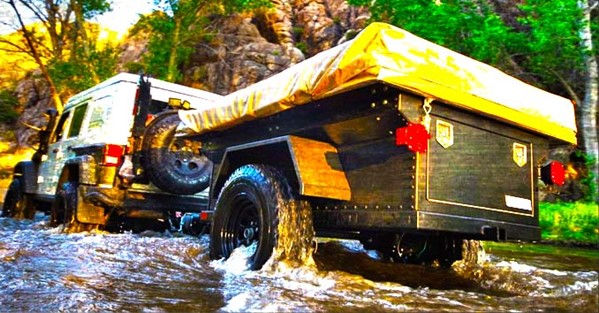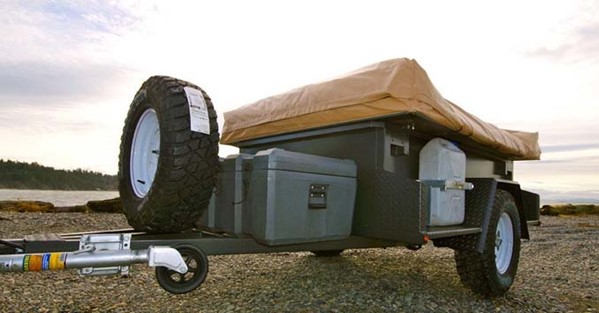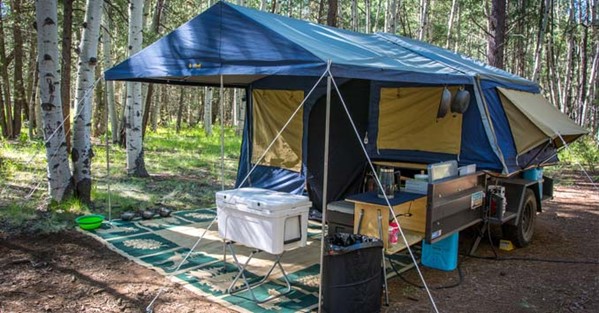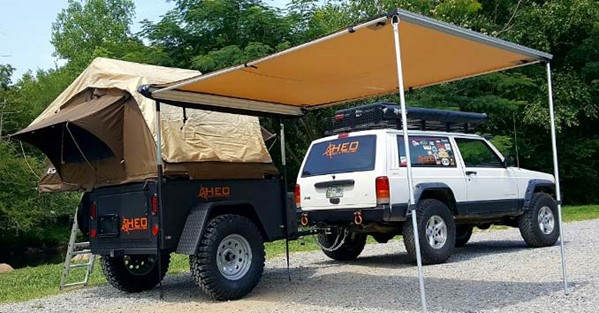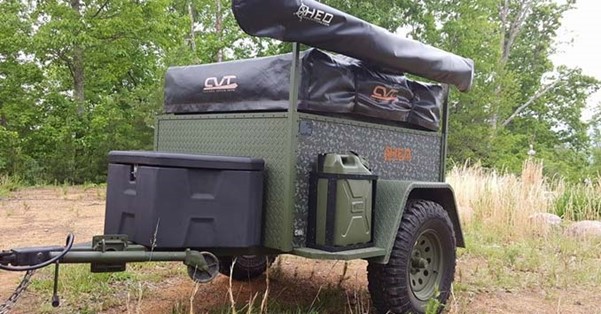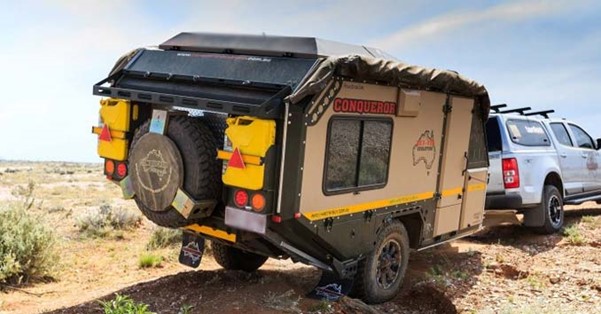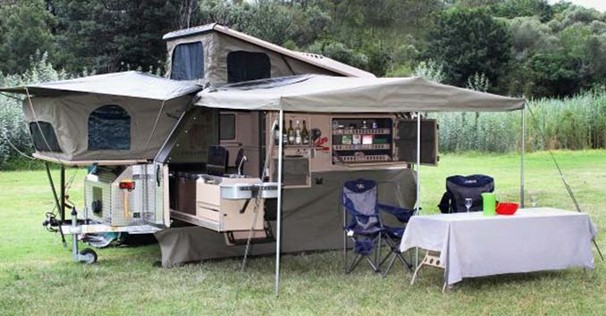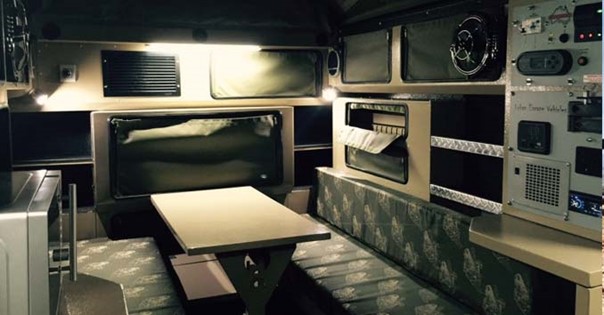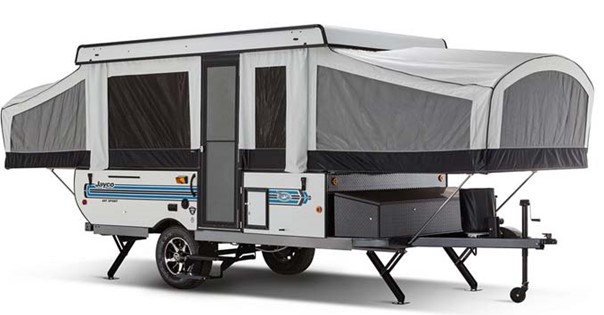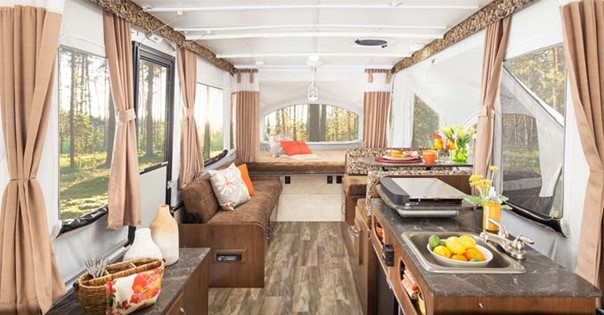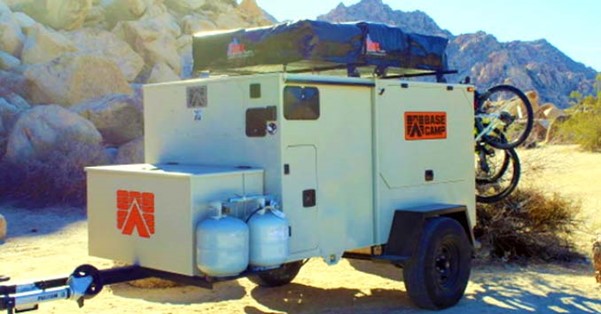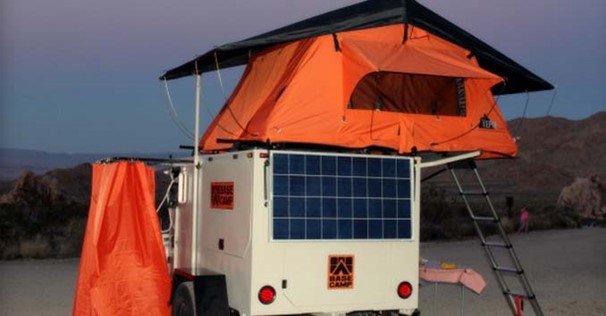A challenge was given for a 5-gallon bucket survival kit build-off. There were some really good submissions, and I’m going to highlight a few here.
From looking over them, it was cool to see what people put in them to tailor them to their own needs, yet there were a lot of similarities or variations on a theme. But they all had one thing in common: They were all extremely functional and useful, and anyone with a bit of knowledge could grab any one of them and head out the door, knowing their asses were in good shape.
I’ll tell you, though, it was hard picking a winner. But here he is, and I chose him for two reasons: He took the time to make a video of his bucket and proved that it did indeed fit all his gear in, and also because I thought his idea of including a small .22 pistol was a great idea, on top of his covering all the other basic criteria I’d set out.
The link to T.C.’s video is HERE, check it out, or watch below.
Cool trick with the bucket handle too. The list of his contents is as follows:
Shelter
3 mylar blankets
100′ paracord
tarp
duct tape
trash bag
Compass
1 compass
Knives
CRKT M16
CRKT stiff KISS
Signaling devices
cell phone
ham radio
2 whistles
SR22
2 mags
225 rounds of .22
methods to start a fire
96 matches
2 lighters
fire starter
magnifying glass
small ready water supply
3 water bottles
filtration method
Coughlan’s water filter
Food
2 cans beef
6 cans sardines
1 can pineapple
dried eggs
salt
light sources
Surefire G2
Maglight
Techlight
headlamp
extra Maglight batteries
extra Techlight batteries
Entertainment
card deck
New Testament
First Aid kit
4 Advils
2 pair rubber gloves
2 alcohol wipes
medical tape
3 gauze pads
tweezers
triple antibiotic
Other
2 ski masks
binoculars
fishing line
20′ TP
1 pair leather gloves
a copy of my DL
area map
extra eyeglasses
But, I’ll tell you, it was hard choosing him, especially when there were other great submissions like Bryce’s, who went the simple route, but it was comprehensive….plus he added an ALICE pack to carry the gear in if he needed the bucket for other things. I liked his addition of extra clothes (fresh socks are a godsend sometimes) and the trauma kit. Here’s his explanation:
”
-Small bunch of MREs stripped down to save space, enough for my wife and I to go at least 3 days, not the best eating, but they fill you up unlike most “rations”
-A couple of water bottles for immediate water usage, small bottle of water treatment pills
-Stainless steel “Klean Kanteen”, this is an awesome bottle that I can boil water in, also could work as a nice “club” 🙂
-Some waterproof matches, magnesium fire starter, and a lighter
-A “firecan”, soup can with cardboard and wax, essentially a tiny mobile camp fire, good for warmth or cooking
-One candle in a tin can
-Two flashlights and a headlamp
-Some extra socks and two T-shirts
-Altoids first aid kit, contains band-aids, smelling salts, alcohol swabs, tweezers, gauze, fingernail clippers
-Trauma kit, one CAT, gauze, ace wrap, and a chest seal
-One duct tape bound bible, this one has been through hell and back with me
-A hand rank radio with a light on it
-One multi-tool and a mora knife
-Duct tape, poncho, and paracord
-One watch with compass on band
-One paracord wrapped glow stick, this is for signaling, when you want to use it; unwrap the paracord, snap the glowstick, and spin it above you to create a “buzzsaw light”. I was told by a helicopter pilot that this is one of the best ways to signal aircraft.
-And finally, one medium alice pack to carry it all if I have to leave on my feat, I think this is one of the best ideas I have because most people will be putting all of these supplies in a bucket like this, with no way to carry all of it in a more comfortable way.”
Some of Bryce’s pictures:
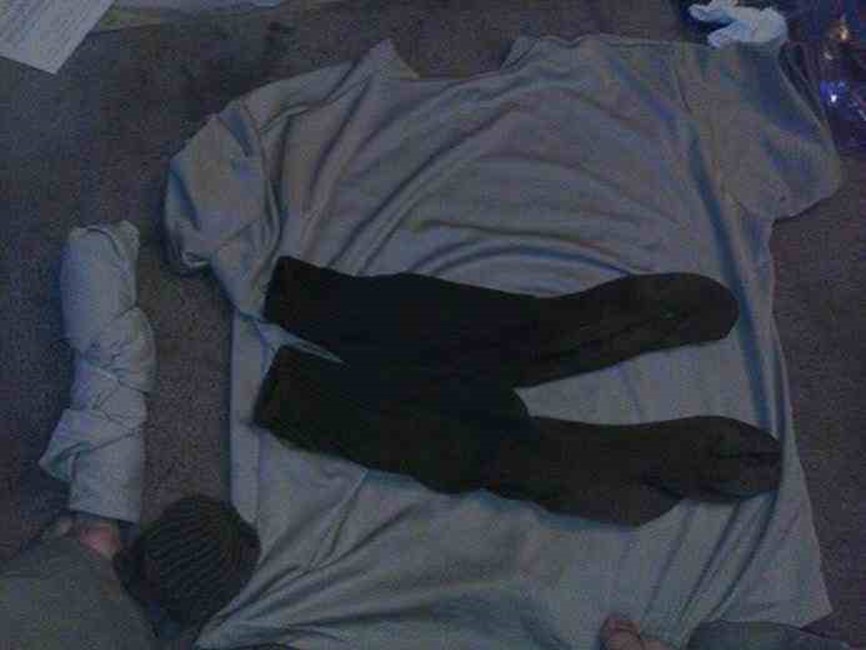
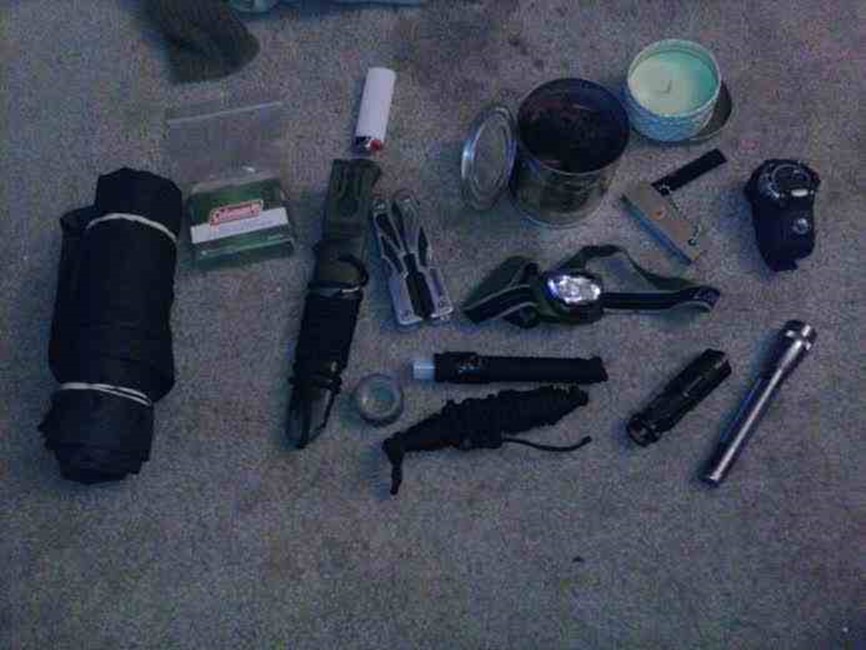
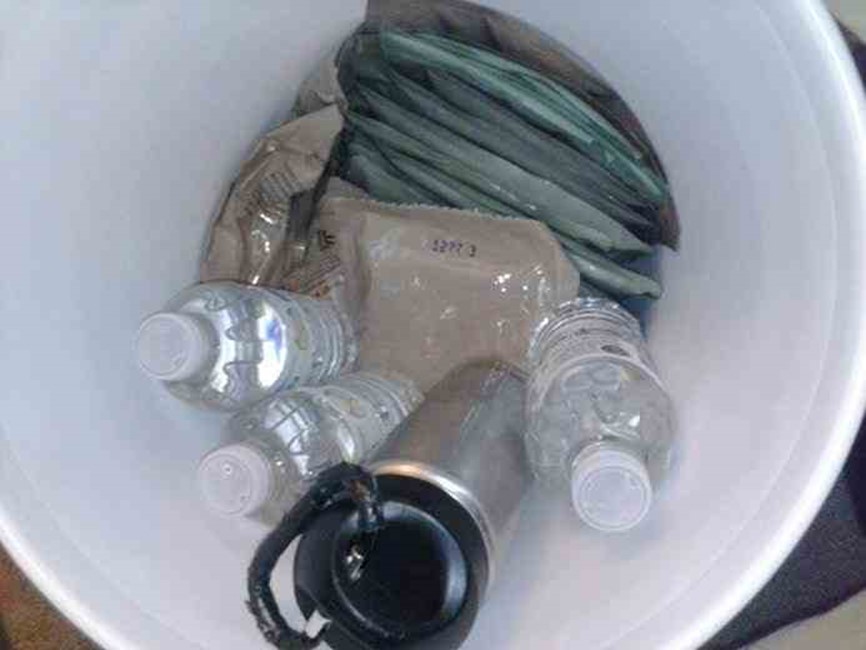
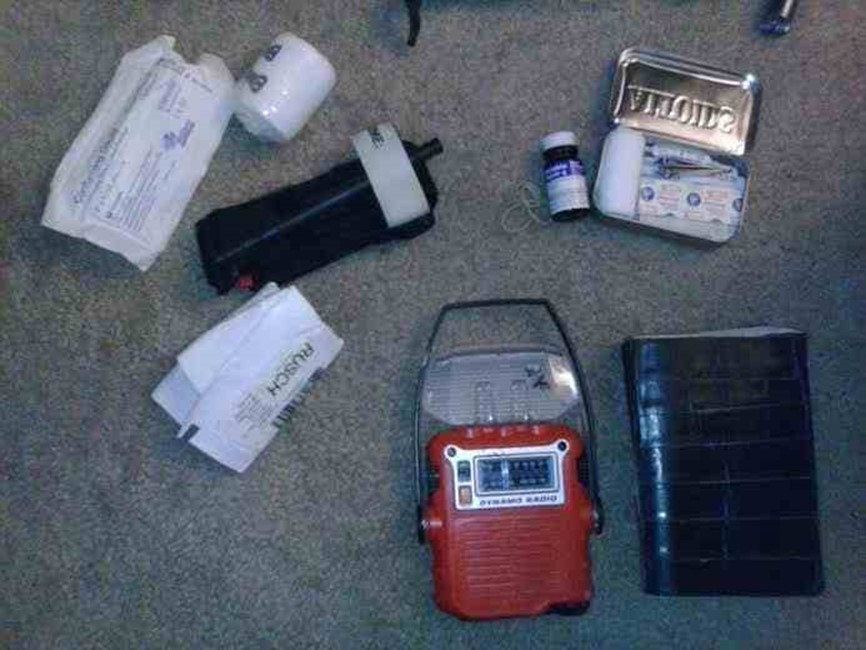
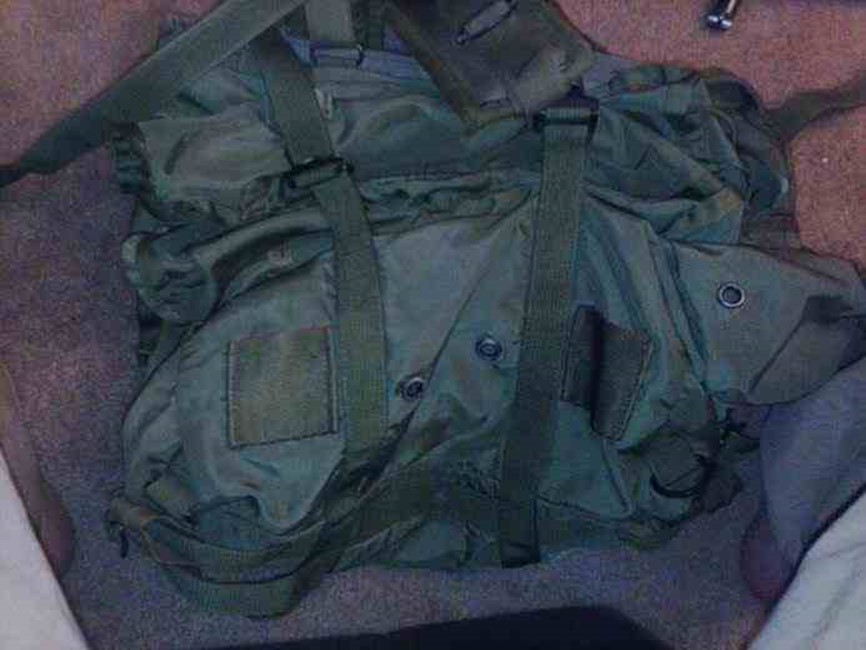
This bucket kit came through from Warren, and it’s a great one. I really like how he took a woman’s possible needs into consideration, plus he added some neat ideas like a pry bar (have to get a car door open in an emergency?) and a folding saw to the mix. His plan is to build a couple of these, as well as using empty kitty litter pails (good idea!) to make lightweight medical kits that his daughters can pack. He also noted WHERE he sourced his gear from, which is nice.I really liked this kit, and like I said, it was tough choosing between them all.
”
so here is my list and some pics. Everything was sourced from harbor freight, Walmart or home depot (or could be found at one of them). Thanks for kicking me in the butt and reminding me to do this…been meaning to build these for a while. I have these two general buckets built and am still working on the kitty litter buckets.
Sanitation
———————————–
4 toothbrushes
toothpaste
floss
bar of soap
shampoo
10 sanitary napkins (also first aid supply)
20 tampons(also first aid supply)
baby lotion
full roll of toilet paper
first aid
————————————
eye drops
triple antibiotic ointment
10 sanitary napkins (also first sanitation)
20 tampons(also sanitation)
razor (wound prep)
sewing kit (I am capable of stitching a wound)
2 hemostats (HF)
bandage shears (HF)
handful of safety pins (always handy for holding bandage, etc)
chapstick
6 stainless picks (like the dentist would use on teeth) for general probing, etc (HF)
6 thermal “space blankets” (WM)
box of 10 single edge razor blades (in waterproof case holding radio) (HD)
generic basic first aid kit in tight plastic box (WM)
food/water
———————————-
2 bottles of water
water treatment tabs with instructions (WM)
metal soup can (holds tampons and serves as a container in which to boil water)
5 lighters
magnifying glass (start fire from sun…also useful for first aid) (HF)
18 granola/nut/energy bars in sealed bag
shelter/navigation/etc
———————————–
lanyard with whistle/compass/signal mirror/waterproof match holder stocked with matches (WM)
pry bar (WM)
needle nose pliers (WM)
phillips and flat head screwdrivers (WM)
7×9 tarp (HF)
50 feet of nylon clothesline (WM)
am/fm radio with headset + extra battery (in waterproof “cell phone case” with box of razor blades (box and radio – WM)
foldable limb saw (HF)
pair of split leather gloves (HF)
headlamp (WM)
small led flashlight with SOS signal flasher (HF)
100 zip ties (HF)
2 glow sticks (WM)
2 pocket knives
small notebook (4×5 like a composition book made of index cards)
pencil
2 sets of ear plugs
small pair of binoculars
Small roll of duct tape (crushed flat)
HF = Harbor Freight
HD = Home Depot
WM = WalMart
Anything not marked I just had laying around the house”
Some of his pictures:
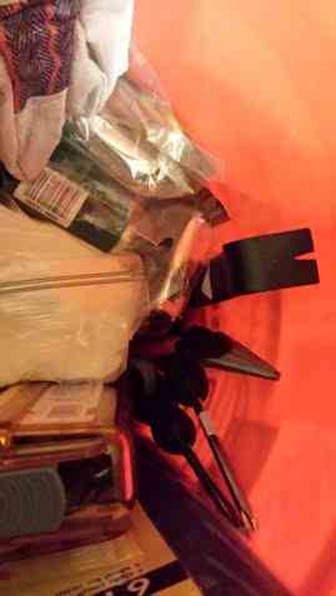
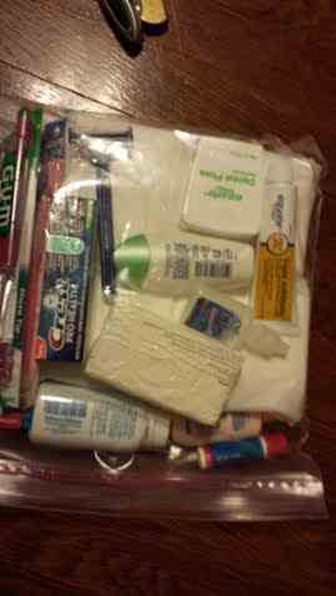
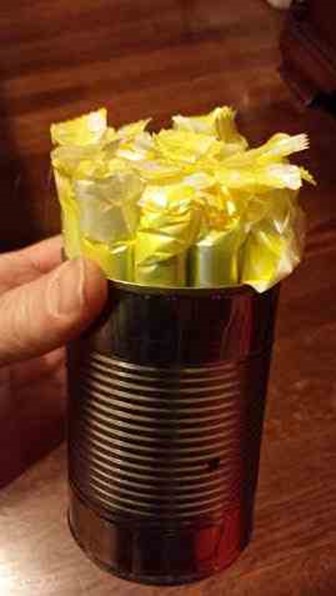
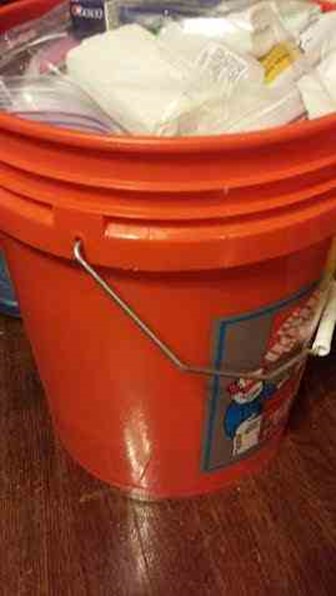
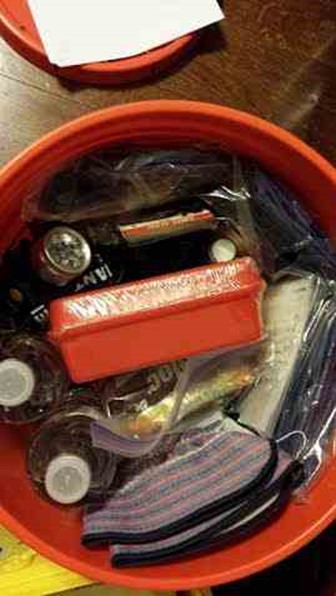
This one is from country79. He didn’t give a run-down list, but he included some good pictures of his kit.
He said in his email: “A few explanations may be in order for a couple the pictures. In the fishing kit may not look like I have any line. But in the small bottle is 50′ of 30# mono. It stays untangled by threading one end through the cap and tying to the bottom of the bottle by two holes just big enough for the line to pass through. Then shoved and poked the rest through the cap of the closed bottle. The final end is held in place by slot connected to the small hole in the cap. As long as neither end comes loose it stays straight ready for use. The other one may be the orange nalyen bottle. It has some spiced tea and green tea bags in it. Forgive me the limited description on the photos. Doing this off my phone.” By the way, that Mag-lite holder is really cool…be sure to check that out.
His pictures:
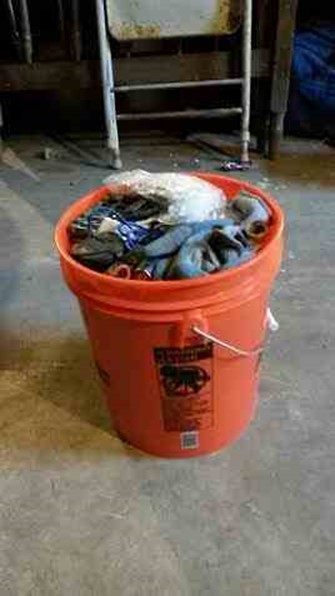
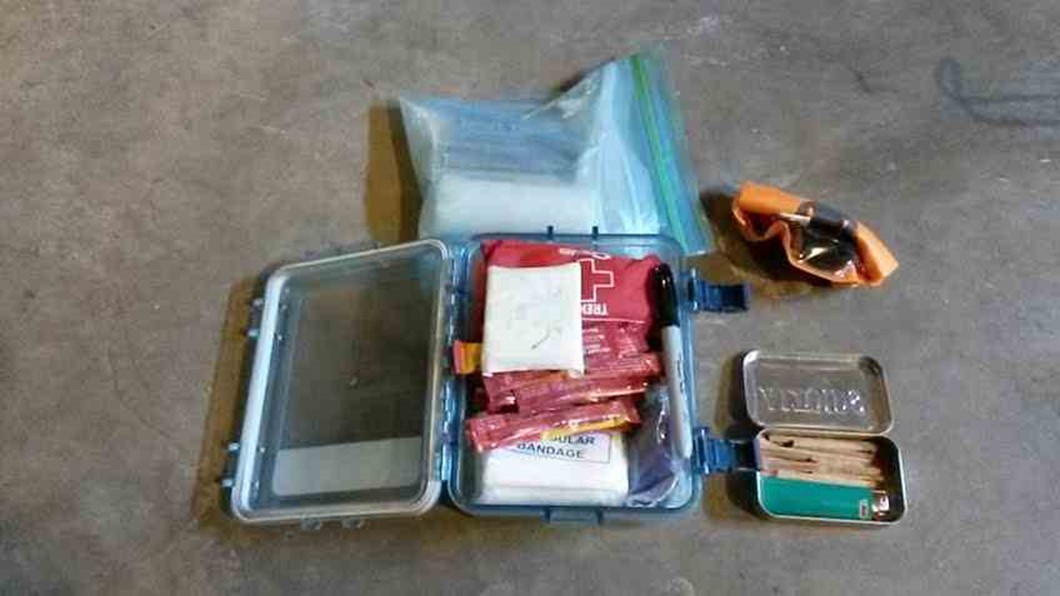
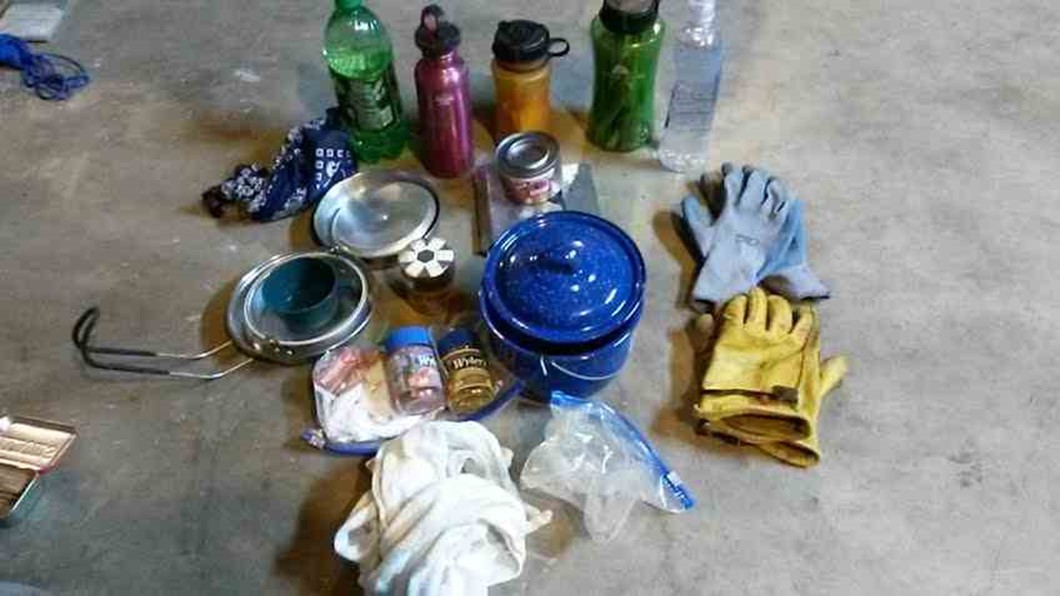
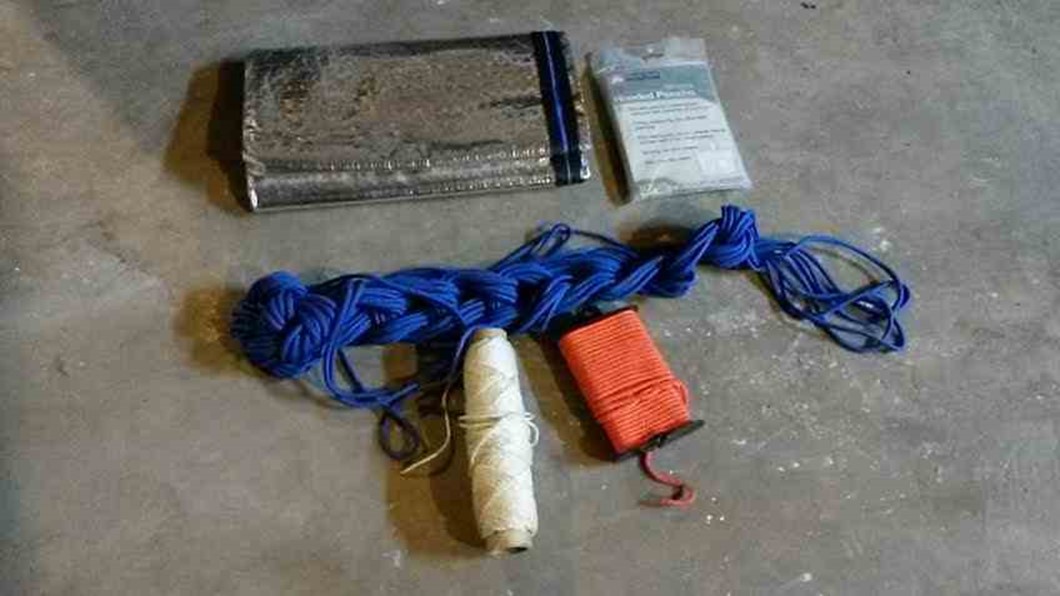
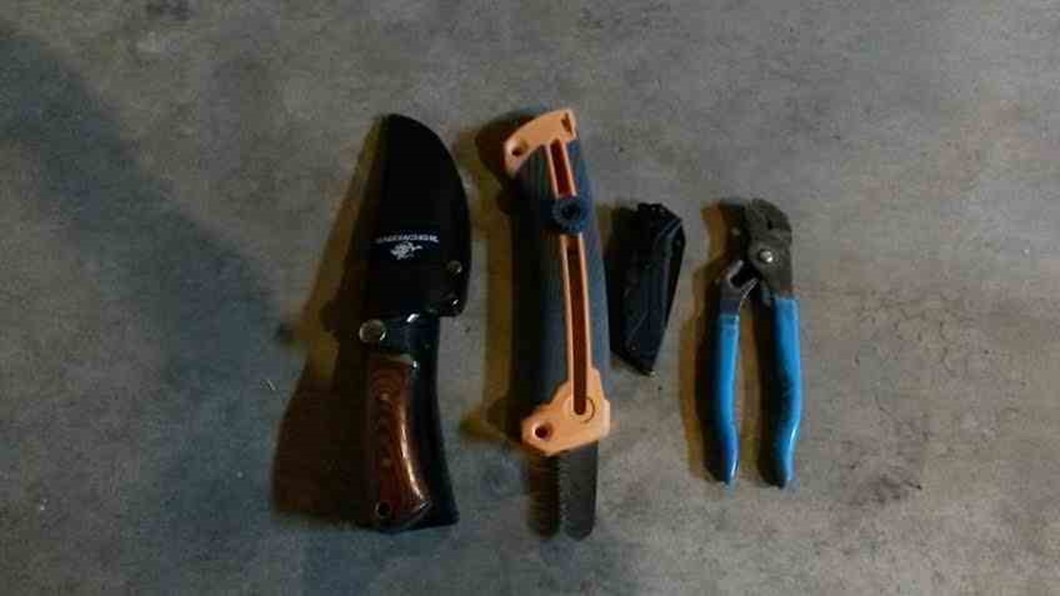
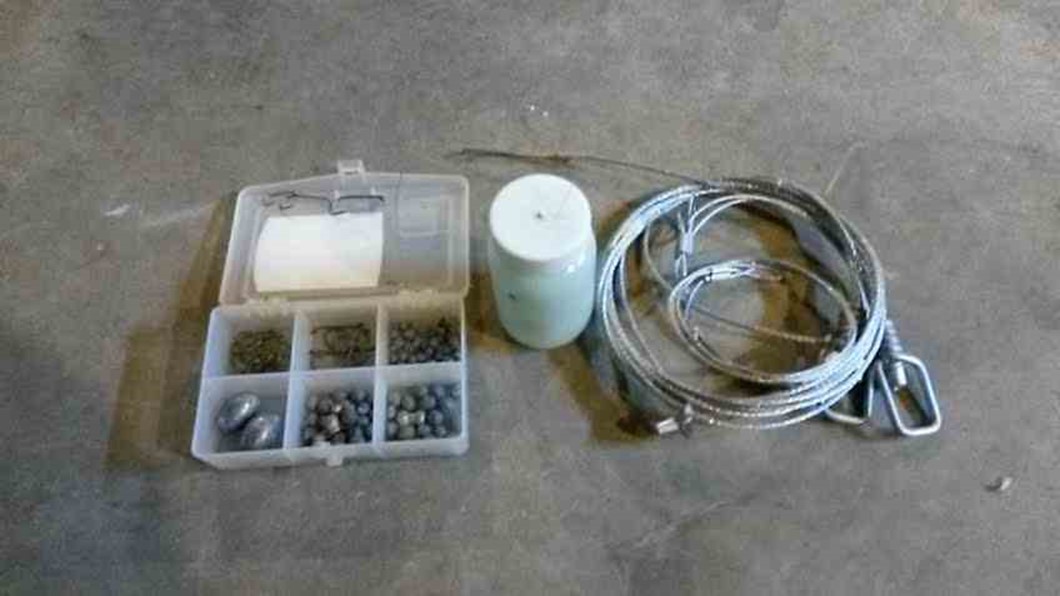
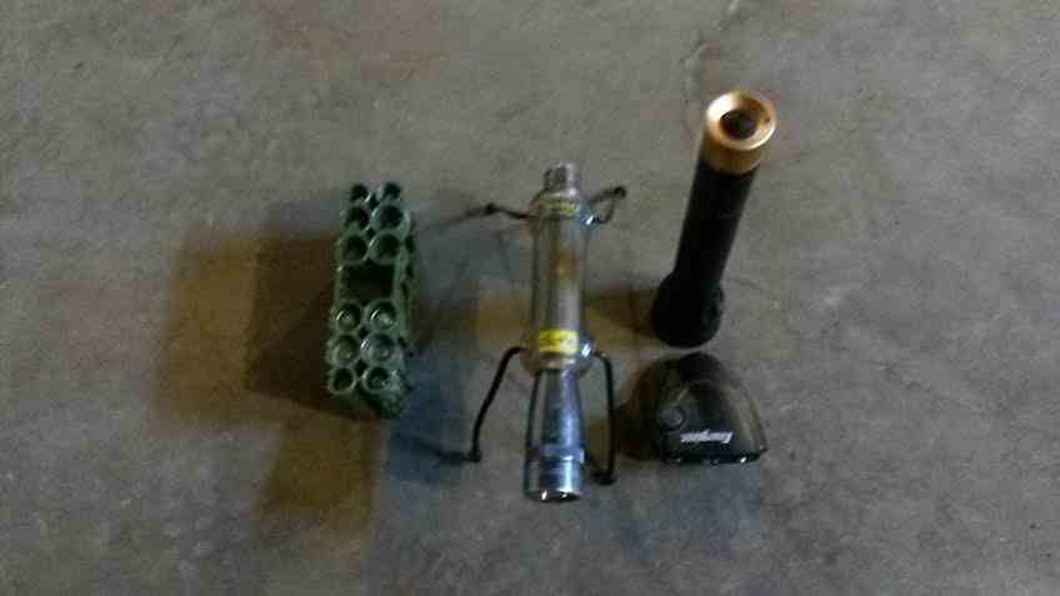
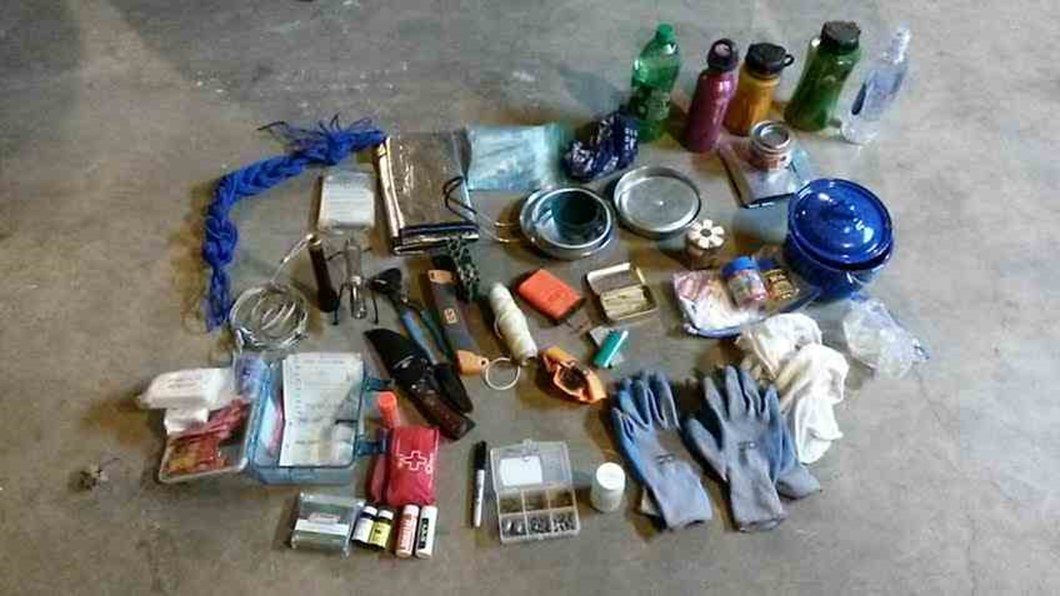
And last but not least of the email submissions (going in order by my inbox!) Craig submitted this kit. His first-aid kit is excellent, and he included a folding stove and fuel in his kit…any one using those penny beer-can stoves (like me!) knows that they can be a PITA to use if things aren’t exactly level and hard-packed…the folding stove is a great addition. It can also be used as a heat source if needed. He used a crusty old drywall bucket for his, so bonus camouflage points. This is a great kit, and I think a model of what would make a killer generic grab-for-anyone Bucket ‘o’ doom.
Obligatory mud bucket w/ gamma seal lid
Water
stainless steel water bottle
Aquamira water straw filter and tablets
flavor packets
2 full water bottles
Chow
2 BackPacker panty meals (panty meals???? -TRW)
Clif bars
oatmeal
folding stove
canteen stove
ramen noodles
MSR fuel can
First Aid
CAT tourniquet
Israeli Battle dressing SAM splint triangle bandage
misc. bandaids
NPA/OPA
nitrile gloves
triangle bandages
mole skin
H&H compressed gauze
misc gauze pads
Curad Silver ointment
OTC medication: anti diarrhea, aspirin
Hygiene:
Tooth brushes
tooth paste
wet wipes
deodorant
toilet paper
Light”
LED light
Chemlights
LazerBrite light
UVPaqlite
Shelter:
Poncho
550 cord
space blanket
Fire kit:
Jute twine
WetFire tablets
weather proof matches
Bic Lighter
ferrocerium rod
Tools:
Mora Knife
Leatherman Wave
lensatic compaass
signal mirror with face paint
not pictured:
Kindle
It does all fit in the bucket with a bit of finagling.

Craig’s pictures:
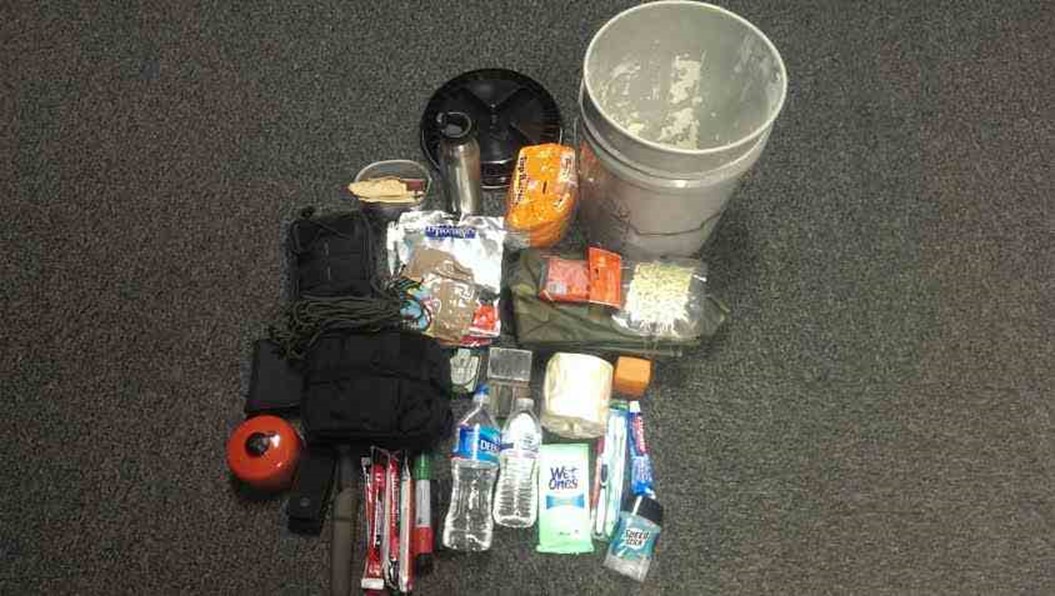
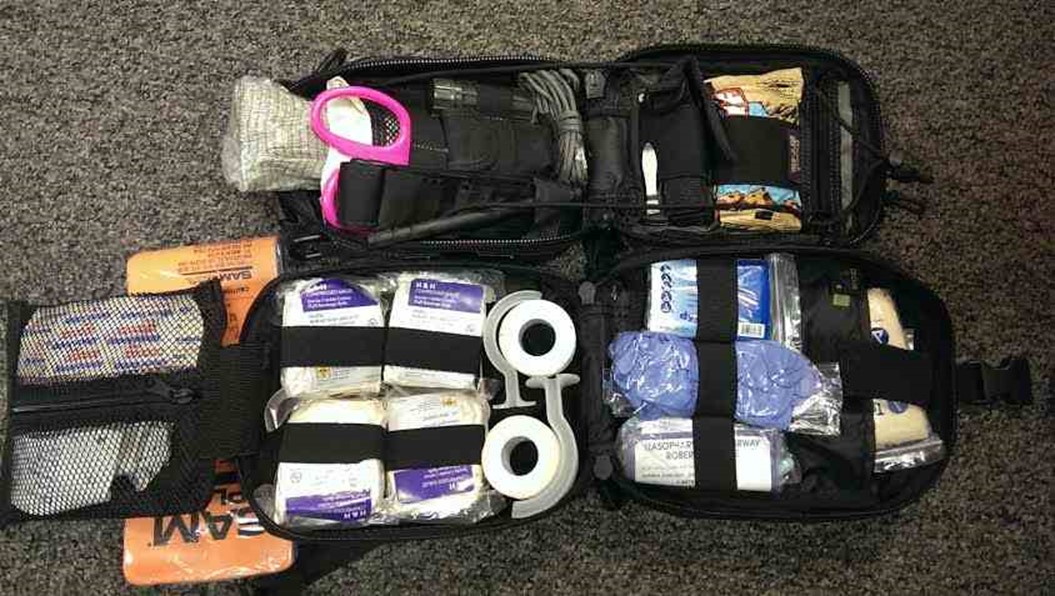
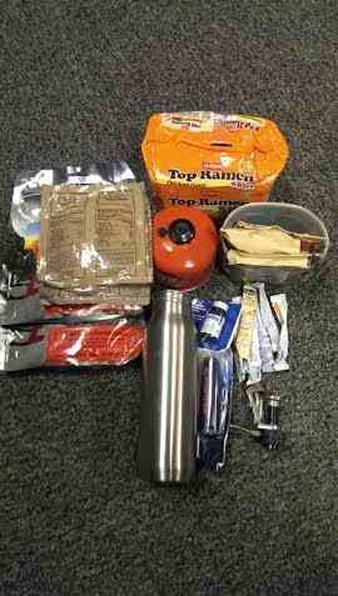
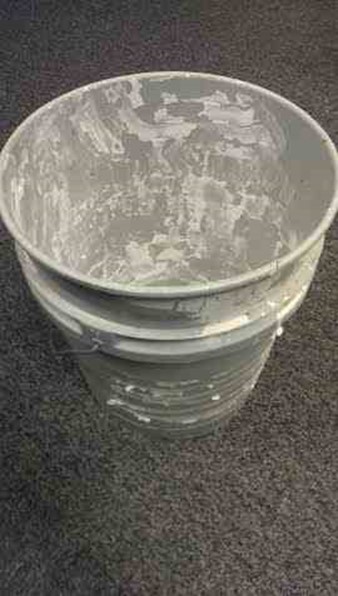
The illustrious j.r. guerra in s. texas submitted this great kit outline via the comments section of the challenge post. I hate ticks with the fiery passion of a thousand burning suns, so I like his idea of using cards to pick ticks off! No pictures, but here’s what he has to say:
“I’ve already given this one a little thought. Reviewed contents of these kits and this is what I’ve come up with for ‘Nice To Have’ for our area:
SHELTER – Heavy Duty Space blanket / 55 gallon industrial trash bag (2) / Hammock / Rain Poncho w/ liner. All contained in waterproof ‘wet bag’.
FIRE – BIC lighter(s), Fire spark rod w/ striker, magnifying lens.
HYDRATION – Steel bottle or Steel canteens (2) w/ nesting cups (2) / foldable water bags (2) / water purifier pills / coffee filters (30) / sillcock key w/ washing machine hose adapter for water bags (urban areas).
TOOLS – CS bowie 12″ Machete / belt sheath knife (your personal choice) / pocket ‘Camping’ pattern knife / SAK Classic pen knife / Speedy Sharp sharpner.
MISCELLANEOUS – Folding saw / bank line (100′) / para-cord (50′) / G.I. trip wire (40′) / G.I. compass (w/ button backup) / Leatherman Tool or SAK Multi-tool / toothbrush / soap. Repair Wallet – Sewing needles (2 leather, 1 canvas, 1 cloth, 1 suture) / thread (10′ white – black, 20 heavy duty) / safety pins / heavy duty blanket pins / 5′ duct tape / extra ‘string bag’ back pack.
MEDICAL – TWEEZERS / burn salve / anti-biotic salve / syringe for wound irrigation / Isreali CAT bandage for ‘bad wounds’ / saran wrap / rubber bands (10 various size).
CLOTHING – 1 shirt / 1 pr. pants / 3 pr. socks (wool blend) / leather gloves / boonie or bucket hat. Thermal shirt for winter.
ENTERTAINMENT – cards – picking ticks off one another :^)
SIGNALING / LIGHTING – Signal mirror (2) / UVPaqlite UVO necklace (2) / Gerber -Fenix – other AA flashlight (2, one red light capable).
Pretty heavy bucket – good thing two are there to spell each other carrying it.
Some additional comments:
The extra clothes are a really smart idea. Being wet from snow or rain can not only be miserable, but cause other life threatening issues.
One thing I didn’t see, and perhaps this wasn’t stressed, was that while everything in a sealed bucket is essentially water tight, not everything in those buckets were. I would only add that for the items of hygiene, first aid, food, etc, you would consider either vacuum sealing those things, or putting them into ziplocs, or watertight containers because I know from my own experience with Murphy ‘s Law, just because you put a lid on it, doesn’t mean it won’t leak.
I keep a carhart coat and bibs in the vehicle 365 days a year. I’ve seen ice in June for two days. Winter gear always.
I am sure there are many other ideas and many things as stated would change for each area and situation.
Start now to make sure you are staying prepared.
Via: shtfblog





!
















 Follow
Follow











